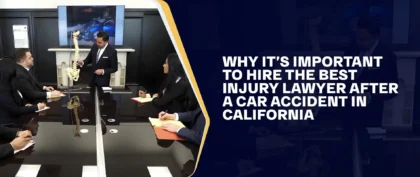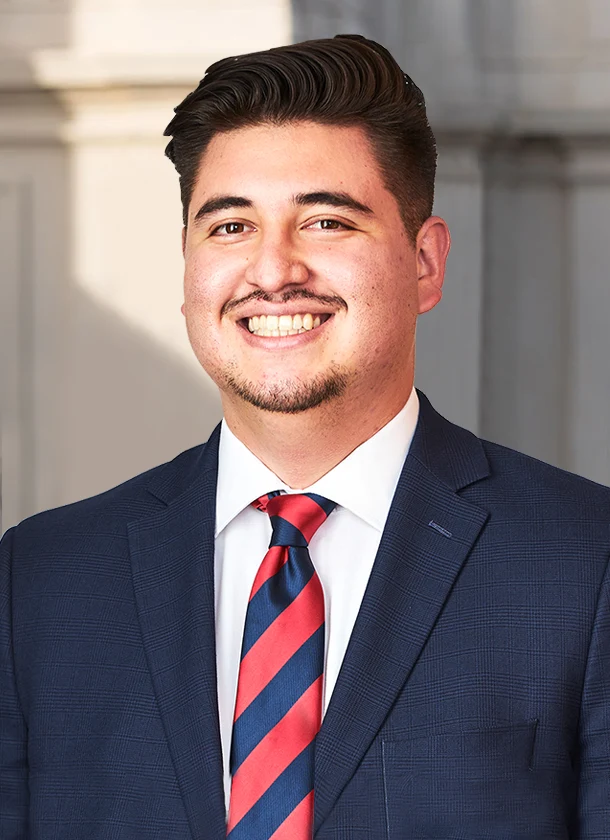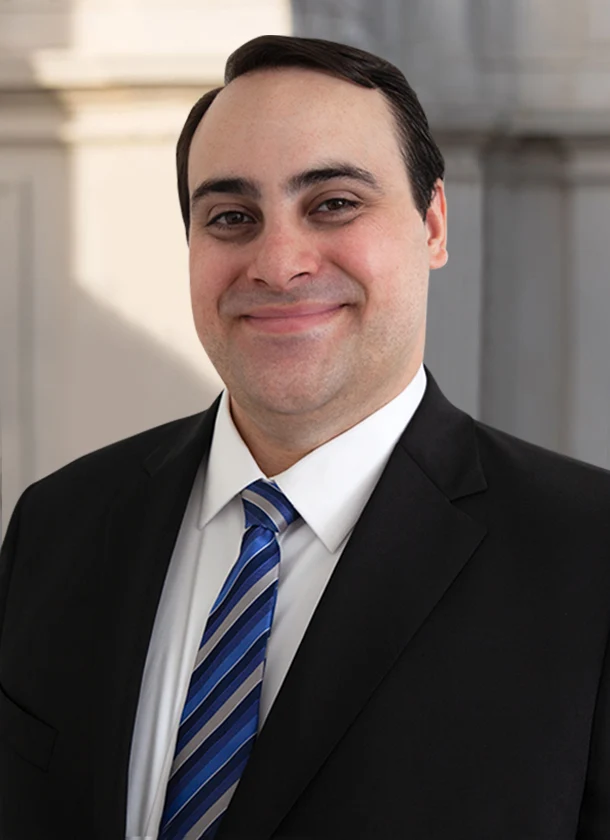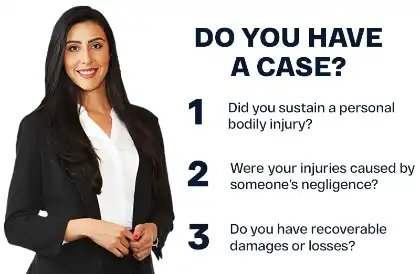Table of Contents
A new study from aerospace and mechanical engineering professor Samy Missoum details a new way of calculating the probability of a TBI because of a car accident. A 2019 University of Arizona study outlined a way to estimate the likelihood of sustaining a TBI following a car accident. Automobile crashes are among the major causes of emergency room visits, hospitalizations, and deaths associated with traumatic brain injury among individuals aged 15 to 34, according to a 2013 report from the Centers for Disease Control and Prevention. Traumatic brain injury, or TBI, constitutes about 30 percent of all injury-related deaths in the United States, and early identification and treatment are among the many new ways to prevent these deaths.
What Is A Traumatic Brain Injury (TBI)?
TBI is an injury to the brain caused by a blow or jolt to the head from a blunt or penetrating trauma. The harm that happens at the moment of impact is called the primary injury. Primary injuries can involve a particular lobe of the brain or may affect the whole brain. Sometimes the skull might be fractured, but not necessarily.
During the impact of an accident, the brain crashes back and forth within the head, resulting in bruising, bleeding, and tearing of nerve fibers. Immediately after the crash, the individual may be confused, not recall what occurred, have blurred vision and dizziness, or lose consciousness.
At first, the individual may appear fine, but their condition can deteriorate rapidly. After the first impact occurs, the brain undergoes a delayed injury, causing it to swell and push itself against the skull, decreasing the flow of oxygen-rich blood. This is known as secondary injury, which can be more detrimental than primary injury.
Common Types Of Traumatic Brain Injuries
- A concussion is a moderate head injury that could cause a brief loss of consciousness and does not cause permanent brain injury. Head injury lawyers can work with medical professionals to support your claim if you sustain a concussion in an accident.
- A contusion is a bruise to a particular region of the brain caused by an impact to the head, also known as coup or contrecoup injuries. In coup injuries, the brain is injured right beneath the region of impact, while in contrecoup injuries, it is injured on the side opposite the impact.
- Diffuse Axonal Injury (DAI) is the shearing and stretching of the nerve cells at the cellular level. It happens when the brain quickly goes back and forth inside the skull, tearing and damaging the nerve axons. Axons connect one nerve cell to another throughout the brain, like cables. Widespread axonal injury disrupts the brain’s normal transmission of data and may lead to substantial changes in someone’s wakefulness.
- Traumatic Subarachnoid Hemorrhage (tSAH) is bleeding into the space that surrounds the brain. This space is usually full of cerebrospinal fluid (CSF), which functions as a floating cushion to protect the brain. Traumatic SAH occurs when small arteries tear during the first injury. The blood spreads across the surface of the brain, resulting in widespread effects.
- A hematoma is a blood clot that forms when a blood vessel ruptures. Blood that escapes the standard bloodstream starts to thicken and clot. Clotting is the body’s natural way to stop bleeding. A hematoma may be small, or it can grow big and compress the brain. Symptoms vary depending on the location of the clot. A clot that forms between the skull and the dura mater, the lining of the brain, is known as an epidural hematoma. It forms between the brain and the dura mater and is called a subdural hematoma. A clot that forms deep inside the brain tissue itself is called an intracerebral hematoma. Over time, the body reabsorbs the clot. Occasionally, surgery is performed to eliminate large clots.
New Research Details A Developed Method For Calculating The Probability Of A TBI In Car Accidents
In a 2019 paper, Professor Samy Missoum and a graduate student presented a new method to estimate the likelihood of TBI resulting from a car accident.
“Unlike with American football or military applications, there hasn’t been much research done into the link between car crashes and TBI,” Missoum stated. “We’ve developed the 1st steps of a method to assess the probability of TBI based on crash conditions, such as impact velocity and angle.”
TBI research has traditionally included experimental procedures, such as conducting tests on animals or collecting data on football players. Other approaches are purely computational, such as using finite element models, which are mathematical tools that predict how a system, like the brain, will behave when exposed to external forces.
Missoum’s approach fuses experimental and computational data. He uses computational techniques to simulate the way the dummy moves in a car crash and applies movement data from the simulation into a computer model of the brain to understand how it would be impacted. Then, experimental information is combined with the simulation results to predict the chance of TBI. This fusion of information provides the foundation for a method for researchers to compute the probability of TBI following a car crash.
Estimating TBI Risk With Limited Crash Information
The method may even make predictions if researchers are not sure about the collision angle and speed of impact or if they don’t have much information about the brain of the individual involved in the crash.
“From a scientific point of view, the novelty here is how we are combining computational data and experimental data, while also accounting for many sources of uncertainty,” Missoum stated. “From a practical point of view, the method provides a tool to find out the probability of TBI.”
The work is in its early stages, but one aim of the project is for first responders to have the ability to arrive at the scene of an accident and enter information about the crash into a tool, such as a mobile application, which will immediately determine the likelihood of a TBI.
“Let us say a paramedic arrives at the scene of a car accident,” Missoum stated. “They could enter the data into a tool and say, ‘OK, based on the characteristics of the accident, this man or woman will have a 70-80 percent likelihood of severe traumatic brain injury.’”
Getting Into A Car Crash Will Either Cause A Traumatic Brain Injury Or It Won’t
The researchers used a machine learning approach previously developed in the CODES Laboratory to refine the threshold separating the two results and more accurately determine the risk of TBI. In the long run, this strategy may further improve accuracy by increasing the number of variables it can consider, such as the weight of the car or the age of the occupant. As this technology advances, a car accident lawyer may one day use such research-backed data to better understand injury patterns and strengthen accident-related claims.
The research team expects to incorporate data from real car crashes, obtained from the Arizona Department of Transportation, into their research. Information such as the angle of impact in an accident isn’t available in current crash reports, making this method’s ability to make calculations using a level of uncertainty especially significant.
What Are The Signs Of A TBI, And Do I Need An Attorney After Sustaining One?
In case you or a loved one has been injured in a car accident, a lawyer can evaluate your case and determine if you have a valid claim. Based on the type and location of the injury, the person’s symptoms might include:
- Reduction of consciousness
- Confusion and disorientation
- Memory loss/amnesia
- Fatigue
- Headaches
- Visual problems
- Poor focus/concentration
- Sleep disturbances
- Dizziness/loss of balance
- Irritability/psychological disturbances
- Feelings of depression
- Seizures
- Vomiting
A California brain injury attorney can help explore your legal options if you or your loved one is involved in a crash. Car accident lawyers can assist in determining whether you may be able to seek compensatory damages for your injuries from those who may be liable for the accident. This may include at-fault, negligent, reckless, or aggressive drivers, as well as other causes such as faulty parts, defective or recalled automobiles, or automotive design flaws.
Damages may include the costs of medical bills, property damage, lost wages, and pain and suffering. Victims may also be able to pursue punitive damages in rare cases, which are intended to punish the defendant for their reckless behavior in the event of automotive negligence/liability claims.
REFERENCES
- ‘… deaths associated with traumatic brain injury among individuals… ‘ from “Brain Strains in Vehicle Impact Tests” by the Association for the Advancement of Automotive Medicine | https://www.ncbi.nlm.nih.gov/pmc/articles/PMC3217492
- ‘…experimental information is combined with the simulation results to predict the chance of TBI…’ from “Which Car Crashes Cause Traumatic Brain Injury?” by the UA College of Engineering | https://uanews.arizona.edu/story/which-car-crashes-cause-traumatic-brain-injury
‘…bleeding into the space that surrounds the brain…’ from “About Subarachnoid Hemorrhage” by the UCLA Neurosurgery | http://neurosurgery.ucla.edu/subarachnoid-hemorrhage




























